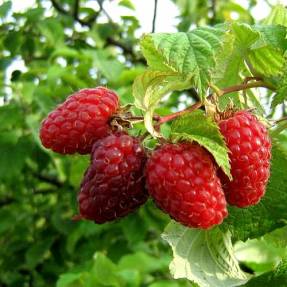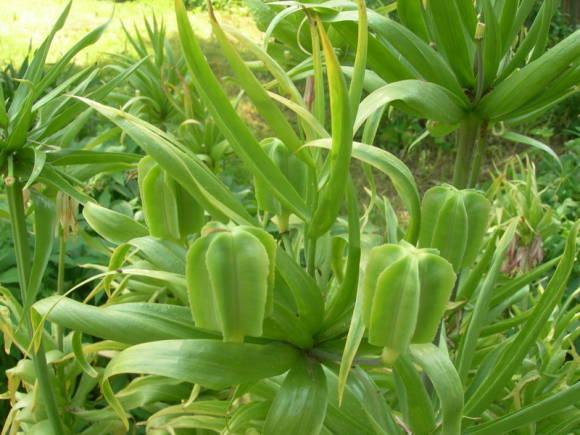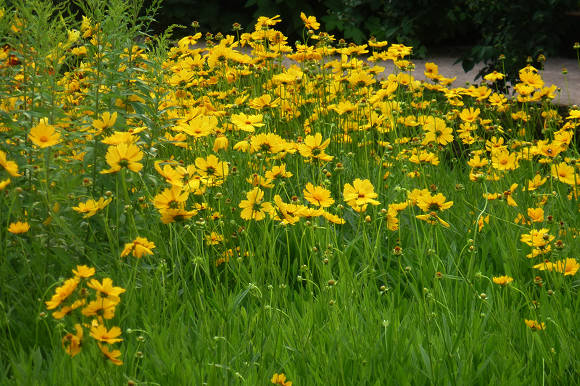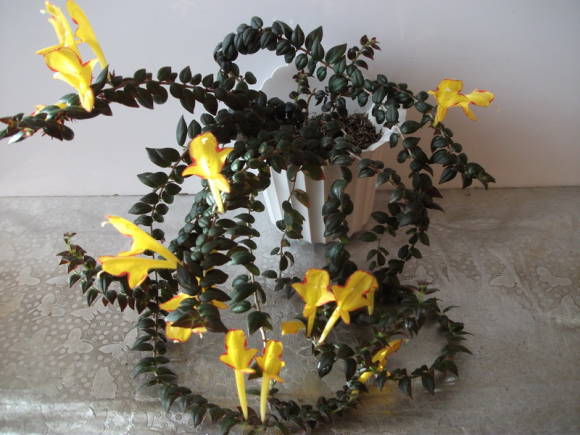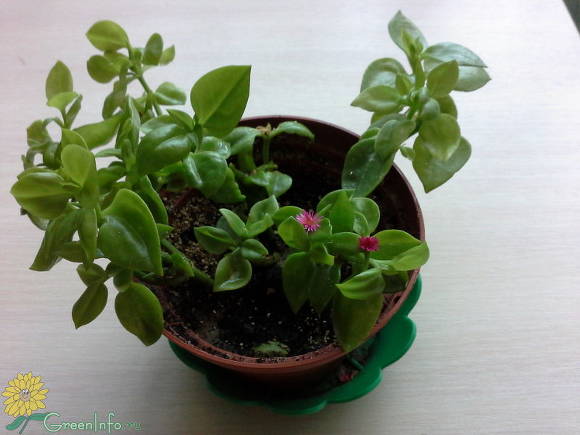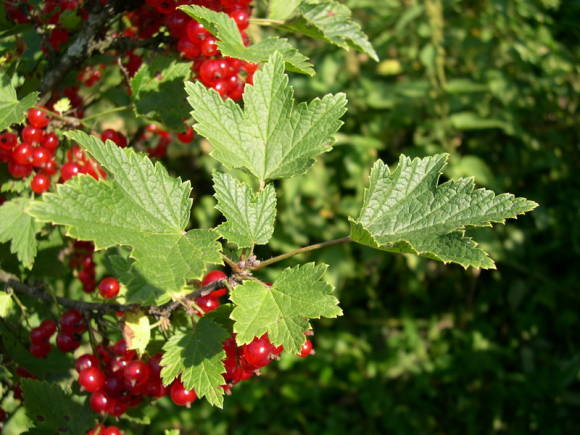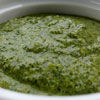Rod Gravilat (Geum L.) from the pink family (Rosaceae) includes about 58 species that have spread over half of the world's land mass. Most of its representatives have chosen the temperate and subtropical zones of both the northern and southern hemispheres. Gravilates can be found in Eurasia, Africa and even Australia.
11 species and several hybrid forms grow on the territory of Russia. All of them are perennial herbaceous plants. More often than others, there are 4 types: river gravillat (Geum rivale L.), city gravilat (Geum urbanum L.), Aleppo gravilat (Geumaleppicum Jang.) And large-leaved gravillate (Geum macrophyllum L.). In medicine, the first two are best known.
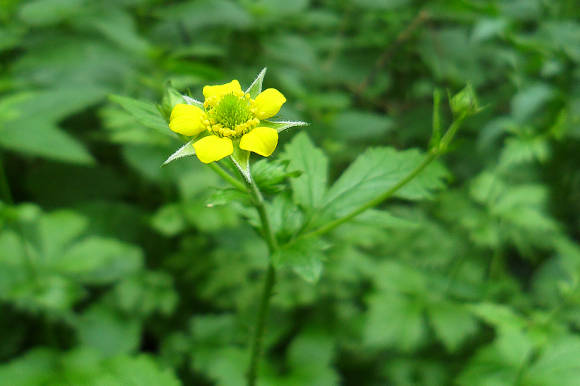 |
Gravilat city (Geum urbanum L.) is a perennial herb with a thick creeping rhizome, erect pubescent stem 30-70 cm high, which is branched in the upper part. The leaves are lyre-intermittent-pinnate. The flowers are light yellow, solitary. Fruits are oblong-ovate achenes, collected in a dense spherical head.
The plant grows along forest edges, among bushes, along roadsides. It is found in the European part of Russia, Western Siberia and the Caucasus.
Contains glucoside gein, a large amount of tannins (up to 40%), bitter substances, resins. From dry roots by steam distillation, up to 0.2% of essential oil can be obtained, which is in the plant associated with sugars. Essential oil is a red-brown liquid with a pleasant spicy smell.
The seeds contain 18-19% fatty oil, which is of no practical value.
 |
Since 1818, this plant was included in the Russian Pharmacopoeia, where it was recommended as a gastric remedy, including for intestinal infections, in particular, dysentery.
An aqueous infusion of rhizomes with roots improves the general condition of the body in case of loss of strength, reduces sweating, reduces or eliminates painful colic in the stomach and intestines, has an expectorant, carminative, choleretic, antiemetic, hemostatic, analgesic, anti-inflammatory, wound healing and even sedative effect. As an astringent and bitterness, water infusion is used for diseases of the gastrointestinal tract and liver.
Decoction of roots prepared from 1 tablespoon (without a slide) of dry crushed roots and 1 glass of water. Boil over low heat under the lid for 15 minutes, let stand for 5-10 minutes, filter and take 1-2 tablespoons for the diseases listed above. Outwardly, the broth is used to rinse the throat with sore throat and gums with stomatitis and periodontal disease.
The aerial part in folk medicine is used for hepatitis, as a choleretic, gastritis, for pulmonary tuberculosis and vitamin deficiencies.
In veterinary medicine, roots and rhizomes are used in a similar way, that is, as an astringent and anti-inflammatory agent, especially for indigestion. In addition, an externally concentrated decoction is used for washing wounds in case of burns, injuries, as well as for treating poorly healing burns and ulcers.
Interestingly, the root can be used to tan leather and as a dye to make fabrics brown or golden, depending on the particular use. The leaves and root are used in home cooking. See Tincture gravilatovaya, Homemade apple jelly with gravilat, Dough flavor with gravilat root, Homemade kvass with gravilat root, Cookies with gravilat root, Green salad with gravilat and cynic leaves, Salad with gravilat leaves.
River Gravilat (Geum rivale L.) - perhaps the most famous, it is also found throughout the European part of Russia and in Western Siberia. It is also a perennial rhizome herb with a height of 25-75 cm, preferring wet habitats: swampy meadows, the banks of water bodies, thickets of bushes. Its flowers are drooping, with a brownish-red calyx and pale pink petals.It blooms in June-July, and after 30-40 days the fruits ripen - nuts with hairs clinging to everything, which help the plant to spread.
 |
The underground organs of the river gravilat contain tannins, starch, resins, the bitter glycoside gayin and essential oil, which contains the component eugenol, which has a strong antimicrobial effect (it is contained in the essential oil of clove, which is one of the most powerful natural antiseptics). This species also has an astringent, hemostatic, tonic (tonic), antiseptic and mild sedative effect. A decoction of rhizomes is used for uterine and hemorrhoidal bleeding, bloody diarrhea. It is used as a gargle with antimicrobial and astringent effect for sore throat. Fresh rhizomes pounded in a mortar are used for calluses, applying for several hours and changing the dressing until the effect is achieved.
A decoction or infusion is prepared from the roots for the diseases listed above. For cooking infusion of gravilata take 2 teaspoons of dry crushed roots, pour 1 glass of boiling water and insist in a faience teapot under a heating pad or in an enamel bowl for 1 hour. For diseases of the gastrointestinal tract and hemorrhoidal bleeding, take 1 tablespoon 3-4 times a day.
Gravilat decoction prepared from 1 tablespoon of raw materials and 1 cup of boiling water. Boil for 10 minutes in a water bath, filter and apply, as indicated above, or externally for rinsing the throat and gums for stomatitis and bleeding, and as a strengthening agent for periodontal disease.
But these two species have a significant drawback: if they grow near highways or industrial enterprises, they actively accumulate heavy metals, primarily lead and cadmium. Therefore, when choosing a place for collecting raw materials, you need to be very careful about what is around, or maybe just grow a plant on your site under controlled conditions, especially since it is quite unpretentious and quite decorative.
As already mentioned, gravilat prefers wet places, is very winter-hardy, and therefore it can be planted where most of the ornamental whims refuse to grow. Before planting, the soil should be well fertilized with compost (2-4 buckets per m2) and dug up, carefully choosing perennial weeds. You can transplant gravilates both in early spring and in autumn. The distance between plants is 40-45cm. It grows in one place for many years, practically not suffering from any pests and diseases. As needed, plants can be dug up to obtain raw materials or planted.
Interestingly, the US patented a method for the isolation and purification from gravilata of japanese (Geum japonicum) substances with a complex chemical name 2-α-19-α-dihydroxy-3 oxo-12-ursen-28-acid and 8 more terpenes that inhibit the protease of retroviruses, including human immunodeficiency. And tannins from this species exhibit high anticoagulant activity.
